Choices concerning Bran Flakes and Shredded Krumbles (see last post) weren’t the only food problems patients at the Canton Asylum for Insane Indians suffered. They, like most Native Americans, had already lost a basic underpinning of life–their traditional foods. This loss led to nutritional deficiencies and diseases that had never affected them before encountering the white man’s culture.
Native American diets had been varied, nutritious, and plentiful until they lost control over their food. Depending upon the part of the country they inhabited, tribes ate liberally of the “Three Sisters” (beans, corn, and squash), wild rice, nuts, berries, fish, and game of all sorts. Besides hunting and gathering food from the surrounding area, many tribes cultivated crops, as well.
When Native Americans were forced to live on reservations, they lost their homes, their cultures, and their independence. Along with that, the quality of their food immediately deteriorated. Reservation land which they were forced to farm was usually so poor that tribes became dependent on government rations.
Rations typically included flour, tea, sugar, coffee, salt, beans, and other staples. These foodstuffs were a far cry from the unrefined, whole foods that Native
Americans had previously eaten. Beef replaced buffalo as a meat source, and Native Americans had to learn to cook new foods which were drastically different and of inferior nutritive value from their traditional foods. Their health began to suffer almost immediately.



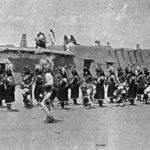

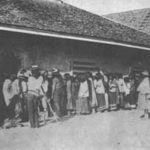
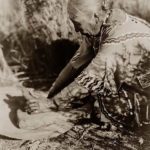
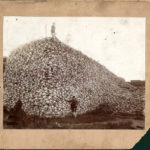
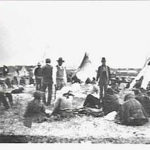
Absolutely, and I didn’t mean to imply that it was. My blog is also about American history (rather than exclusively about insanity), and it seems that I must like to talk about food history during the harvest season. : )
Good post on nutritional deficiency, its not MENTAL illness if it is physical illness.